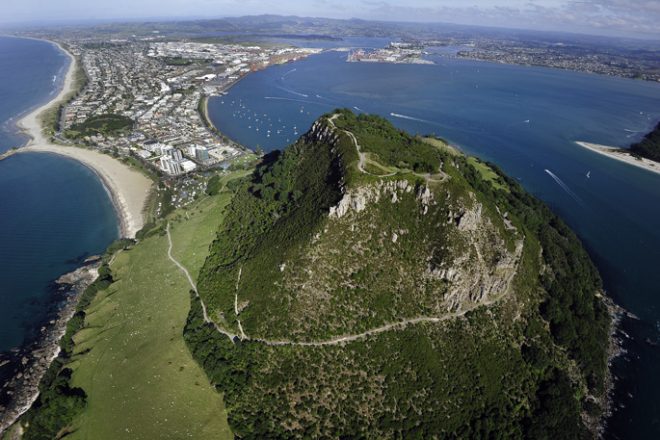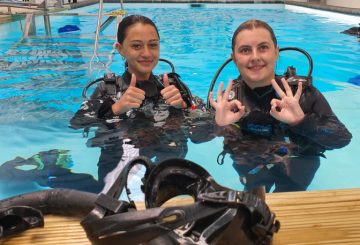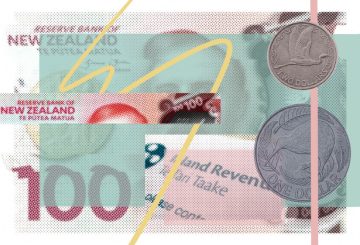Ủy ban đã quyết định cho phép xây dựng các tòa nhà sáu tầng ở trung tâm thành phố Mount Maunganui, bất chấp khuyến nghị từ một hội đồng độc lập về việc giữ giới hạn ba tầng hiện tại. Quyết định này là một phần của Kế hoạch Thay đổi 33 của Hội đồng Thành phố Tauranga, nhằm mục đích tăng chiều cao tòa nhà ở Mount Maunganui North. Kế hoạch đề xuất các tòa nhà sáu tầng trong khu mua sắm và trong vòng 400 mét từ đó, và các tòa nhà bốn tầng nằm trong khoảng 400-800m của các cửa hàng.
Khuyến nghị của hội đồng độc lập về việc giữ chiều cao tòa nhà hiện tại dựa trên những lo ngại về tắc nghẽn giao thông, ô nhiễm không khí, thiếu cơ sở hạ tầng và tác động đến đặc điểm độc đáo của khu vực. Tuy nhiên, ủy ban đã bác bỏ khuyến nghị này, cùng với một khuyến nghị khác về việc loại bỏ giới hạn chiều cao ở trung tâm thành phố. Những khuyến nghị bị từ chối này bây giờ sẽ được gửi đến Bộ trưởng Bộ Nhà ở để có quyết định cuối cùng.
Ủy ban lập luận rằng chiều cao xây dựng cao hơn ở Mount Maunganui North sẽ tạo ra nhiều cơ hội phát triển hơn và cải thiện khả năng chi trả nhà ở. Nó cũng sẽ giúp thành phố đáp ứng các yêu cầu về năng lực phát triển, đó là lượng đất mà hội đồng phải có sẵn cho nhà ở và hoạt động thương mại để đáp ứng nhu cầu.
Tuy nhiên, nhà phát triển địa phương Peter Cooney không đồng ý, nói rằng việc xây dựng căn hộ sẽ không tạo ra những ngôi nhà giá cả phải chăng do chi phí đất và xây dựng cao. Ủy ban cũng muốn giữ giới hạn chiều cao 16m trên một khối đất ở trung tâm thành phố để duy trì sự hấp dẫn của bờ sông và ngăn chặn bóng râm từ các tòa nhà.
Kế hoạch Thay đổi 33 là một phản ứng đối với các tiêu chuẩn dân cư mật độ trung bình (MDRS) của Chính phủ cho phép tăng cường nhiều hơn ở các khu vực đô thị. Thay đổi kế hoạch cũng phù hợp với Tuyên bố chính sách quốc gia về phát triển đô thị của chính phủ. Điều này có nghĩa là cho phép càng nhiều chiều cao càng tốt ở trung tâm thành phố và độ cao và mật độ lớn hơn xung quanh các trung tâm thương mại trong các vùng ngoại ô khác của Tauranga.





























































